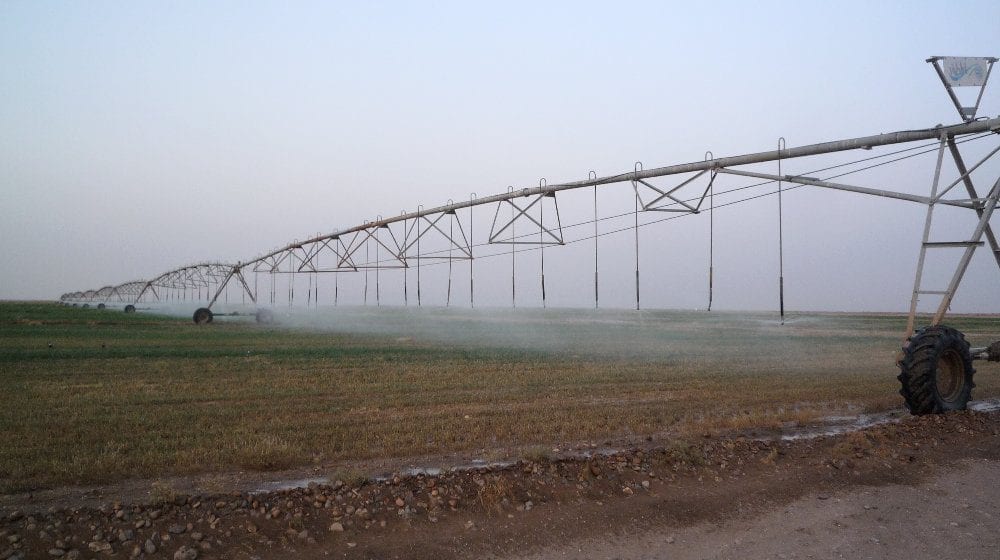
Farming in the Desert, Egypt and Sudan
Central Pivot Irrigation has been a key player in farming in the Saudi desert for the last twenty years. However, now as aquifer water resources dwindle, the Saudi government is making restrictions on wheat production. The large agricultural firms are looking for other locations to expand into with their knowledge of arid farming.
One such location is the oldest of water resources – the Nile. Snaking its way through the Sahara from Uganda to Egypt, it has been a vital water resource for thousands of years, and still is very much so today.
With the construction of canals into the desert regions, fresh water can be pumped to areas of fertile soil in the middle of the desert. First Alfalfa is planted for two years on virgin sites. Then wheat and corn are planted as winter and summer harvests for the following two years. Alfalfa makes a great alternative to barley as it is a restorative crop, adding nutrients to the soil. It can also be sold as animal feed with yields up to 12T/hectare.
Al Rajhi International Agricultural Investment (RAII)
This is the case of the agricultural giant, Al Rajhi International Agricultural Investment (RAII). They are winning over local favour by not only bringing jobs, food and livestock feed to the regions where they farm, but also by building schools and hospitals.
RAII understand the importance of using quality machinery on their farms. They realise that the desert is a harsh environment, and the remoteness of their sites mean that spare parts and servicing is a major factor when considering capital investments. As such, they use companies such as Alvan Blanch for their seed processing and Griffith Elder for their weighing equipment. Both these companies pride themselves on having rugged equipment that will last the course even when desert storms blow in. Another advantage to their systems are that they are fully containerised. On site installation is also done in the blink of an eye.
The RAII sites in Sudan and Egypt currently number 300 pivots varying between 50 and 90 hectares per pivot. The rate at which RAII are expanding, the number of pivots are likely to increase three-fold over the next few years.
RAII selected the Portable Full Size weighbridge for the Sudan site. This allows the weighbridge to be moved to appropriate locations for harvesting. When their new site at Dongola is up and running, it can placed there before a fixed installation weighbridge can be installed.
Africa, Asia, Farming, Scales, Truck Scales, Weighbridges

